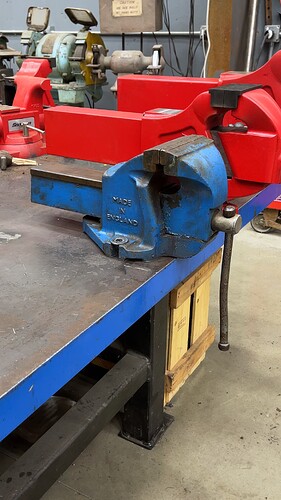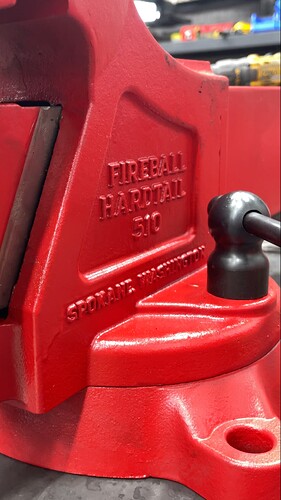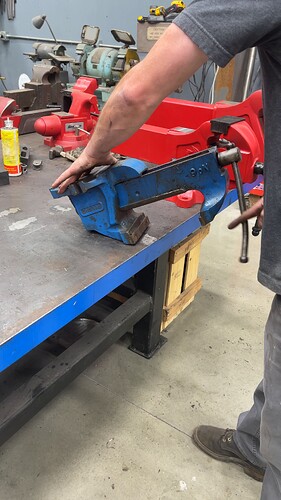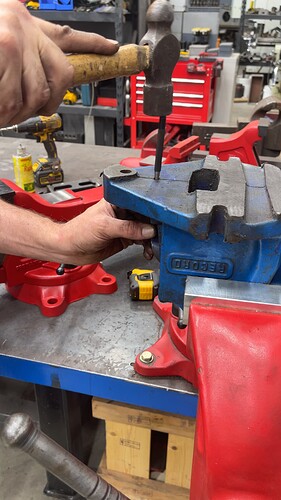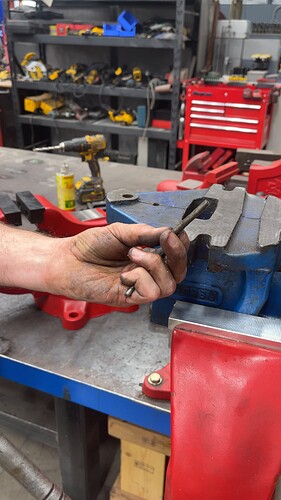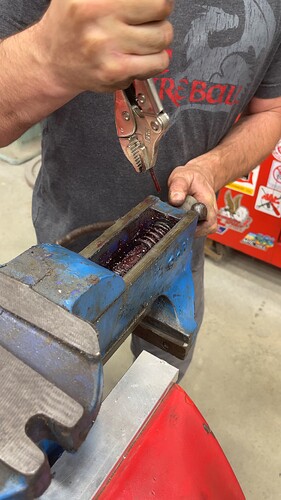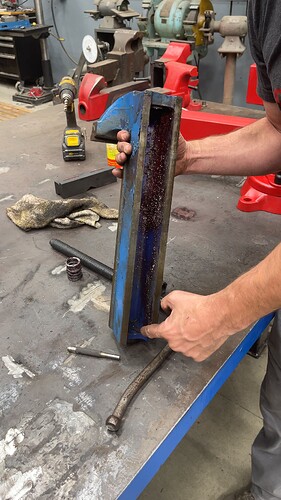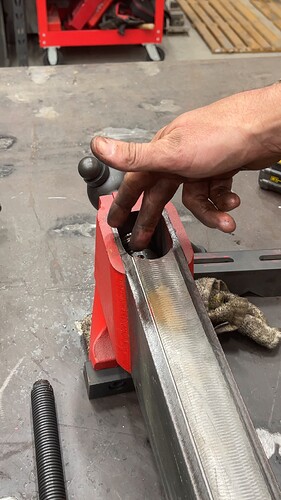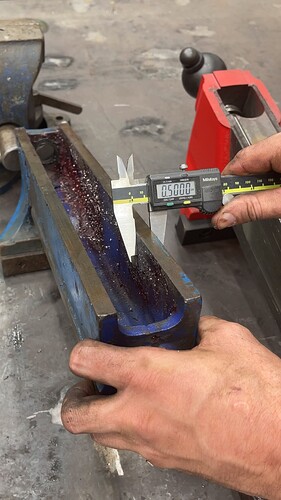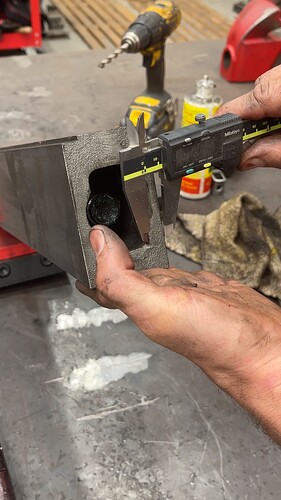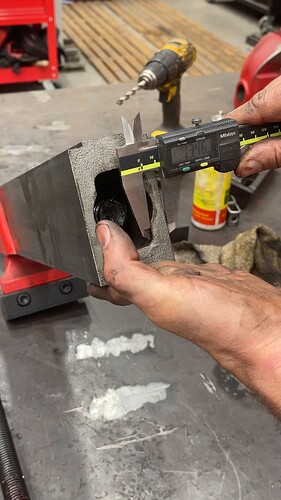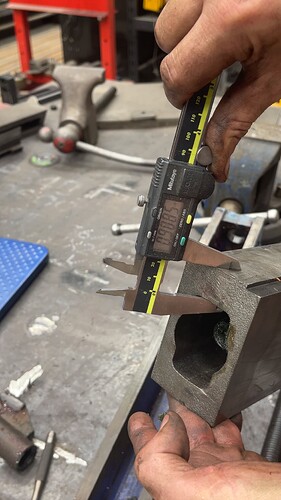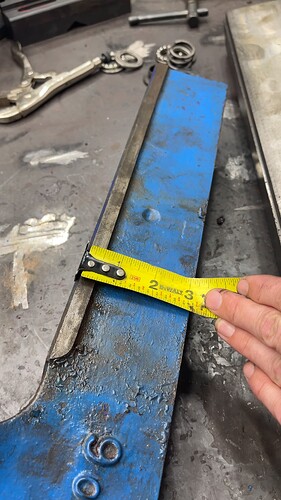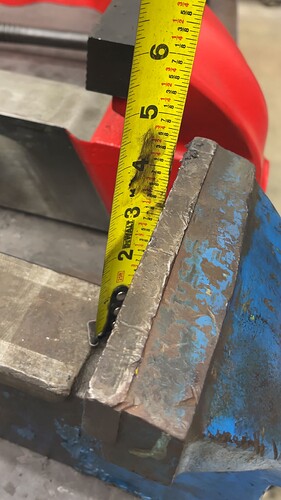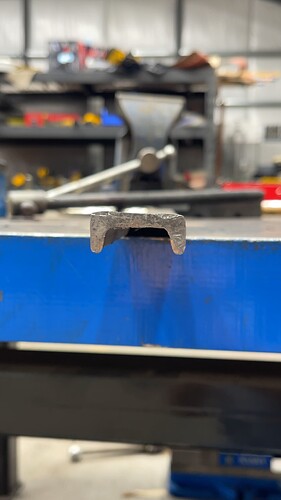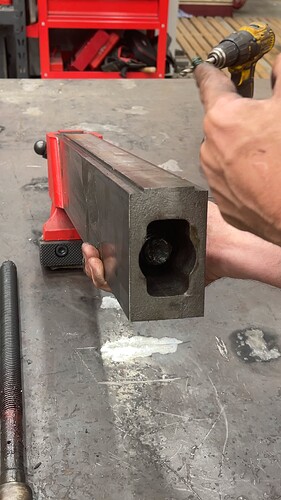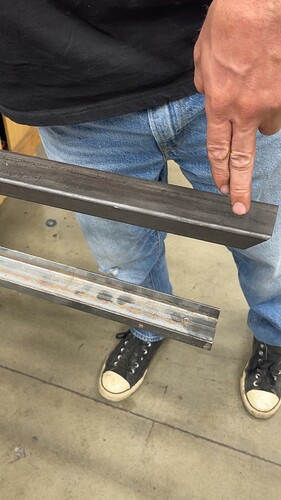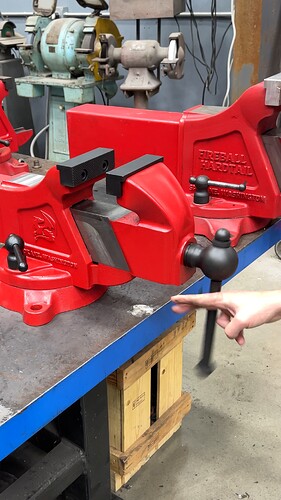A lot of people online say the Record No. 6 is the best vise ever made. However, I would argue that the Fireball Hardtail vise is. To evaluate that statement, we’ll focus on a different aspect of engineering and design compared to the Fireball hardtail 510 vise. Today, we look at the dynamic jaw design!
Disassembly & Design Differences:
Record No. 6: Pulled the pin and slid out the Record’s dynamic jaw. Right away, you can see it’s a C-shape design. The problem is, it’s wide open. Dirt, metal chips, and grime get in there, and the screw just wipes it deeper. That’s why these old Records can feel gritty and rough after some use.
Fireball 510: The Fireball 510 is built completely different: a box tube design, sealed on all four sides. The only places debris could even try to get in are two tiny openings, but the slide itself stays protected.
Measurements: Wall Thickness
Record: ~0.5 in (12.7 mm).
Fireball: ~0.9 in (22–23 mm) top and bottom, with nearly an inch of material where it matters most.
Overall Side Height:
Record: just over 3 in.
Fireball: just under 4 in.
Jaw Height (throat): Both measure at 3.5 in.
Engineering Takeaway:
The Record’s C-shape means the top is in tension when loaded, the bottom in compression, but with only three sides, it’s inherently weaker.
The Fireball’s box-tube structure distributes load evenly — top in tension, bottom in compression, with full enclosure to resist bending.
Which one would you want on your workbench or service truck?
